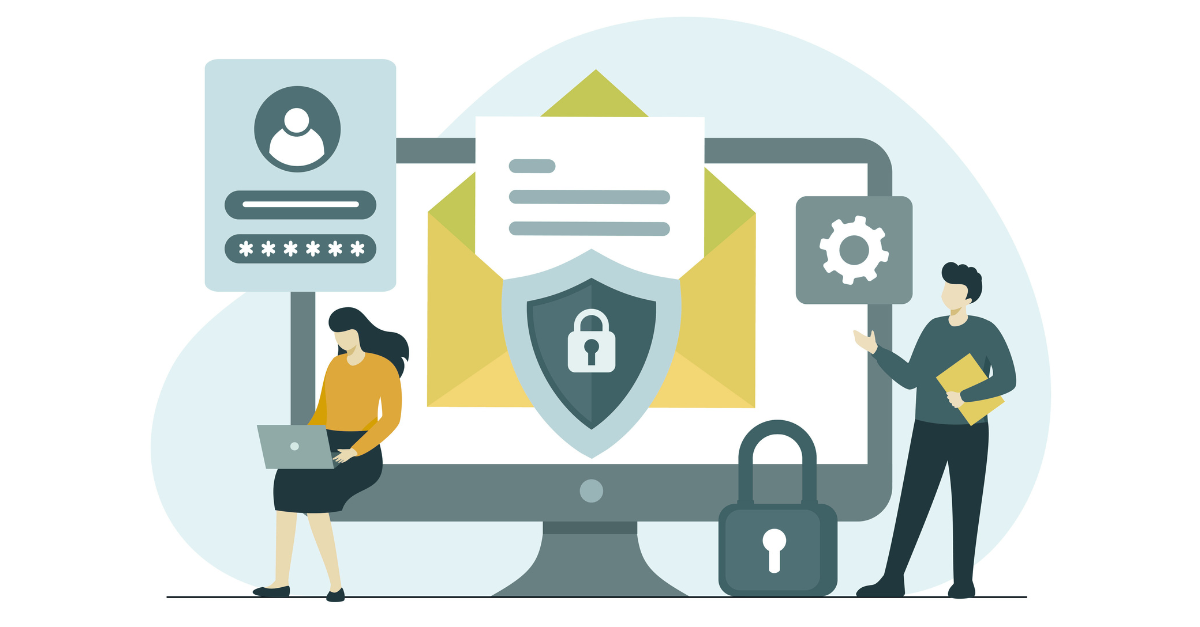You don’t need to be a data scientist to understand the concept of zero-party data. According to Forrester Research, who coined the term, it’s essentially the information that your clients intentionally and proactively share with you. For example, this could be information relating to product interest or purchase intentions.
Zero-party data is created every time a customer clicks on an email or social media campaign, visits a website, engages in an online chat, or picks up the phone and calls your organization. Therefore, it is a valuable resource to every marketer who makes an effort to capture it.
To put zero-party data into a more human context, it looks very much like having a conversation with your clients before documenting the shared information. Savvy marketers can then use this information to guide their marketing campaigns.
Why Is Zero-Party Data So Valuable?
Zero-party data is incredibly valuable because it is collected from individuals who have already expressed an interest in your organization’s products or services. Not only will they have granted their permission for your marketing team to store and act on the first-party data (email addresses, telephone numbers, etc.) they have previously submitted in compliance with regulations like GDPR, CASL, and CPRA. They are now actively updating their preferences, telling you your relationship is still fresh and they want to continue engaging with you. So, if you are looking for “hot leads” — keep an eye on the subscribers submitting zero-party data.
Social Marketing
Managing zero-party data doesn’t come without its challenges. One of the most significant problems relating to zero-party data is that “conversations” happen across multiple touchpoints on the customer journey. Unfortunately, that information has a habit of leaking from the “pipes” of your disjointed MarTech systems.
Worse still, some of that information is just ignored. This is a shame because every time a customer connects with your organization, they are telling you they are potentially interested in spending money with you.
It’s perhaps ironic, in an information age dominated by social media, that so many marketers are just not very good at tuning into conversations. So instead, they concentrate on those old “broadcast” marketing strategies that we relied upon in more “analog” times.
We invest thousands of dollars into paid search, send countless emails, and throw money at social influencers in the hope of going viral; yet, we don’t listen.
If your marketing department is going to invest in anything this year, you need to invest in a strategy that actively listens to your customers and doesn’t just shout at them.
Documenting Zero-Party Data
The secret to documenting (or capturing) zero-party data is understanding where conversations are happening with your clients and then collecting that information in a central repository that everyone in your organization can access as needed.
In the traditional digital marketing setup, these conversations will happen on email marketing subscription forms, landing pages, and eCommerce transactions. But those conversations will also occur in environments where marketing has less control. For example, they might come in via social media comments (who owns social?), incoming emails and telephone calls to your sales and customer service departments, and queries with your accounts department.
Then there are all those conversations your organization has with clients outside of your MarTech Stack at meeting and networking events. How do you even begin to document those conversations?
Building a Zero-Party Data Marketing Strategy
In reality, it might not be possible to capture every conversation. Instead, it would help if you focused on what you can monitor and optimize your strategy with time.
The following four-step process will help you work towards creating an optimized zero-party data marketing strategy:
- Step 1: Set your objectives. Take your time to assess what zero-party data is essential to helping you achieve your marketing goals. Then get to work to ensure your eCommerce, marketing automation, and CRM systems are fully aligned and ready to capture and act on any data submitted by your customers. If your CRM administrator isn’t already fully embedded in your marketing team, be prepared to make them your new best friend.
- Step 2: Get your sales and customer service teams on board. By ensuring your CRM system is up-to-date and aligned with the marketing team’s needs, your sales/customer service teams can document every conversation with simple drop-down menus and checkboxes that make everyone’s life easier.
- Step 3: Invest in content. There’s very little point in investing in zero-party data if you don’t have the content to take full advantage of it. Your marketing objectives will inform your entire content strategy. Not all content will need to be built from the ground up. Some campaigns will just require simple tweaks to make them relevant to your customers’ needs.
- Step 4: Test, analyze and optimize. A zero-party marketing strategy isn’t something you can set up and leave running in the background. As with any conversation, your zero-party data marketing strategy will constantly evolve in line with your organization’s and your customers’ objectives along with the ecosystem of products, services, and competitive landscape. To ensure your zero-party data marketing strategy works for you, you’ll also need to commit to a regular testing program — some things in marketing never change.
This simple system may require marketing and sales to invest in greater cross-departmental cooperation, training, and ongoing communications. But what business couldn’t improve internal communications? Therefore, profiting from a zero-party marketing strategy might just be the opportunity you need to bring everyone in your organization closer together.
Learn More
To learn more about how the marketing experts at emfluence can help you deploy a zero-party data marketing strategy, contact us today at expert@emfluence.com.



